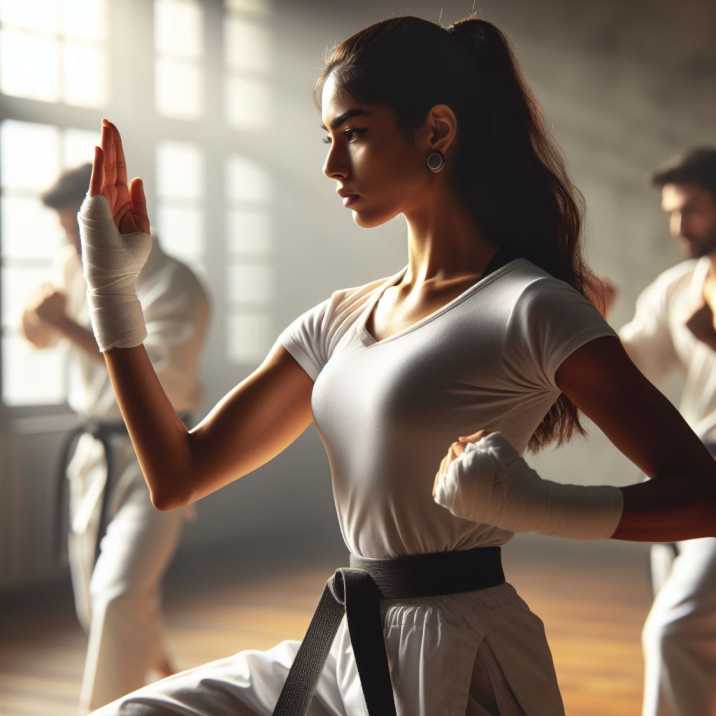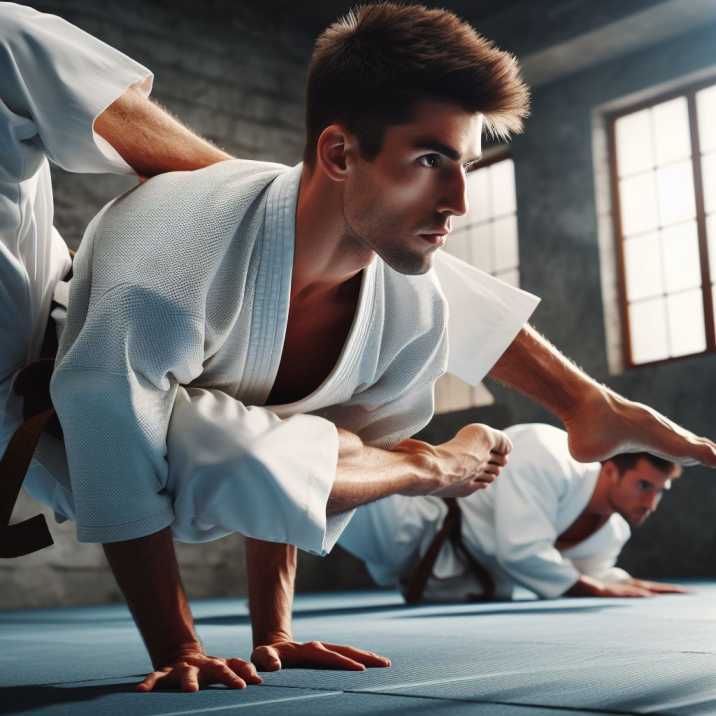Introduction:
Table of Contents
Balancing Drills for Young Martial Artists with Attention Issues
Attention issues can pose unique challenges for young martial artists, affecting their ability to focus and maintain balance during training sessions. However, with the right techniques and drills, it’s possible to help these individuals improve their balance skills while also addressing their attention needs. In this comprehensive guide, we’ll explore effective balancing drills for young martial artists with attention issues.

Effective Balancing Drills for Young Martial Artists with Attention Issues
Enhancing Focus and Stability: Balancing Drills That Work
When it comes to training young martial artists with attention issues, it’s crucial to incorporate drills that not only improve balance but also enhance focus and stability. One effective drill is the “Single Leg Balance Challenge,” where participants stand on one leg for progressively longer durations while maintaining focus on a specific point. This drill helps develop core strength and concentration, essential for maintaining balance during martial arts movements.
The Importance of Visual Focus in Balancing Drills
Incorporating visual focus techniques into balancing drills can significantly benefit young martial artists with attention issues. The “Visual Tracking Drill” involves following a moving object with the eyes while balancing on one leg. This exercise not only improves balance but also enhances visual attention, a crucial skill for martial arts practitioners.
Incorporating Mindfulness Practices for Improved Attention
Integrating mindfulness practices into balancing drills can be beneficial for young martial artists with attention issues. The “Mindful Breathing Exercise” involves focusing on the breath while performing balancing poses, helping participants stay present and focused during training sessions. By combining mindfulness with balance drills, students can enhance their attention skills while improving overall balance and stability.
Table of Information:
| Balancing Drill | Description |
|---|---|
| Single Leg Balance Challenge | Participants stand on one leg for progressively longer durations while focusing on a specific point. Helps develop core strength and concentration. |
| Visual Tracking Drill | Involves following a moving object with the eyes while balancing on one leg. Improves balance and enhances visual attention. |
| Mindful Breathing Exercise | Focuses on the breath while performing balancing poses, promoting mindfulness and improved attention skills. |
Integrating Balancing Drills into Martial Arts Training Sessions
Incorporating balancing drills into regular martial arts training sessions is essential for young practitioners with attention issues. By dedicating specific time to these drills, instructors can help students improve their balance, focus, and overall performance. Additionally, integrating fun and engaging activities into the drills can enhance motivation and participation among young martial artists.

Addressing Challenges and Providing Support
It’s important to acknowledge the challenges that young martial artists with attention issues may face during balancing drills. Some students may struggle initially, but with patience, encouragement, and personalized support, they can gradually improve their skills. Instructors should provide positive reinforcement and individualized guidance to help students overcome obstacles and progress in their martial arts journey.
Celebrating Progress and Achievements
Recognizing and celebrating the progress and achievements of young martial artists with balancing drills for young martial artists with attention issues.
is crucial for building confidence and motivation. Instructors should regularly acknowledge improvements in balance, focus, and overall performance during training sessions. By creating a supportive and encouraging environment, students are more likely to stay engaged and committed to their martial arts practice.
Conclusion:
Balancing drills for young martial artists with attention issues play a crucial role in the development of young martial artists, particularly those with attention issues. By incorporating effective drills and techniques, instructors can help students improve their balance, focus, and overall performance. With patience, encouragement, and personalized support, young martial artists can overcome challenges and achieve success in their martial arts journey.
FAQs
1. Are balancing drills suitable for all young martial artists, including those with attention issues?
Yes, balancing drills can benefit all young martial artists, including those with attention issues. These drills not only improve physical balance but also enhance focus and concentration, which can be particularly beneficial for individuals with attention difficulties.
2. How can instructors modify balancing drills to accommodate young martial artists with attention issues?
Instructors can modify balancing drills by incorporating visual cues, breaking down complex movements into smaller steps, and providing verbal reminders to help students stay focused. Additionally, offering individualized support and encouragement can make the drills more accessible and enjoyable for students with attention issues.
3. What are some signs that a young martial artist may be struggling with balance and attention during training sessions?
Signs that a young martial artist may be struggling with balance and attention issues include frequent distractions, difficulty maintaining focus on instructions or demonstrations, and challenges with performing balance-related movements accurately. Instructors should observe students closely and provide additional support as needed.
4. How often should balancing drills be incorporated into martial arts training sessions for young practitioners with attention issues?
Balancing drills should be integrated into martial arts training sessions on a regular basis, ideally at least once or twice per week. Consistent practice helps young practitioners develop their balance, focus, and stability over time. However, instructors should also vary the drills to keep the sessions engaging and enjoyable for students.
5. Can parents or caregivers support their young martial artists with attention issues at home with balancing drills?
Yes, parents or caregivers can support their young martial artists with attention issues at home by practicing simple balancing exercises together. This could include activities like standing on one leg, walking along a straight line, or balancing on a stability ball. Consistent practice at home can supplement training sessions and reinforce skills learned in class.


